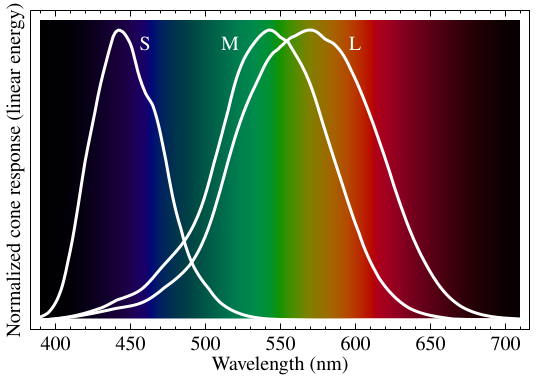But the low hanging fruit is so over-ripe that I just can't resist.
First. Politics. A couple months ago the IEEE membership magazine, Spectrum, had an extensive article on a small portion of the Afghanistan Follies from the standpoint of a power engineer. It seems that the royal we have sunk around $55 BILLION into winning hearts and minds out there by rebuilding (or perhaps just building) infrastructure that we probably destroyed in the first place. The article describes in excruciating detail how unmitigatedly fubar the power plant portion of that activity is. The author, Glenn Zorpette (Re-engineering Afghanistan, IEEE Spectrum, October 2011) does a good objective reporting job but just can't resist one editorial paragraph towards the end:
As a reporter, I have over the years dug up the occasional isolated and carefully concealed incident suggesting incompetence or wrongdoing. But I've never reported on anything quite like USAID in Afghanistan, where the examples of ineptitude, poor decisions, and apparent impropriety sometimes seemed to come swarming at me like targets in a video game.Which pretty much sums up the general flow of the article.
From a more global perspective what is interesting is that the USAID behavior described is more in keeping with the political systems nominally "in-charge" in that part of the world, i.e, it's hard to tell if you're looking at incompetence or corruption, both poorly concealed by layers of bureaucracy. Basically Afghanistan has colonized the United States. I think the tightly knit Cheney-Academi (ne Xe Services LLC, ne Blackwater USA, ne Blackwater Worldwide)-Halliburton axis speaks for itself in this respect.
Moving on to Economics then... The author of one of my favorite Santa Fe Institute working papers: W. Brian Arthur, Inductive Reasoning and Bounded Rationality, or The El Farol Problem -- possibly the only economic theory based on bar-hopping behavior -- recently wrote an article for Mckinsey Quarterly about the emerging online economy which was excerpted on Dec 18, 2011, by the S.Fe New Mexican newspaper: Hidden in cyberspace. He waxes with poetic Modernity on the beauties of the new economy while freely admitting that it doesn't really produce much of anything tangible -- place arguments about improved service and efficiency here -- and in fact is reducing the need for human labor. Jobs be disappearing while population be rising:
There's a larger lesson to be drawn from this. The second economy will certainly be the engine of growth and the provider of prosperity for the rest of this century and beyond, but it may not provide jobs, so there may be prosperity without full access for many. This suggests to me that the main challenge of the economy is shifting from producing prosperity to distributing prosperity. The second economy will produce wealth no matter what we do; distributing that wealth has become the main problem.What a wonderful Pure Socialist Ideal!! Unfortunately, as the 99% seem to be attesting, the Redistribution of Wealth is not happening for most of the Wealth of Nations.
...
The problem is by no means insoluble. The good news is that if we do solve it, we may at last have the freedom to invest our energies in creative acts.
But Wait! There is a solution!
Bureaucracy! Since we, as a nation of (d?)rugged individualists, are rather frightened of just giving folks the stuff they need to survive, why don't we instead give them all jobs pushing regulatory compliance paperwork around? Who says work has to be productive to be (economically) rewarding? While incompetence and corruption have a place in any wealth distribution schema, bureaucracy can be our real savior. Open the floodgates of pointless regulation before it's too late!
































 link
link